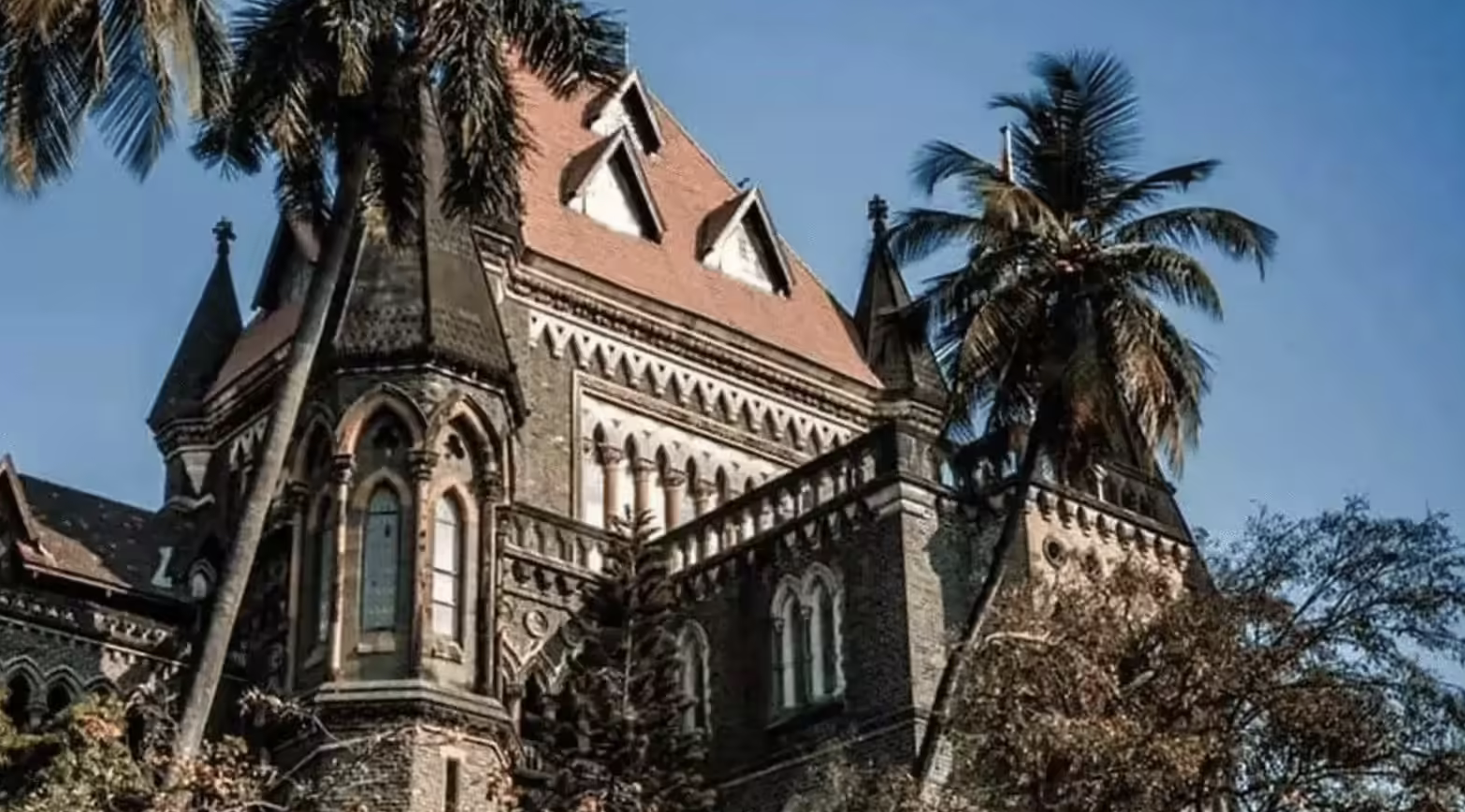Overview of Over-Tourism
The issue of over-tourism has become a pressing concern, not only globally but also within different regions in India. As tourist numbers spike, balancing economic gains with the need for sustainable practices becomes increasingly crucial. This article explores the challenges posed by over-tourism and India’s approach to managing it.
Global Context of Over-Tourism
Across the world, popular destinations have begun to feel the squeeze from waves of eager travelers. Cities like Venice and Kyoto have introduced measures to combat the negative impacts of excess visitors. In 2024, Europe alone welcomed over 747 million international travelers, putting immense strain on its infrastructure and natural resources.
Barcelona, for instance, is grappling with the effects of 26 million tourists flooding its streets each year—far surpassing its population of 1.6 million. The city depends heavily on tourism for economic stability, yet the backlash from locals has ignited protests aimed at curbing tourism-related disruptions.
Case Studies from Europe
Several European destinations have implemented various strategies to control visitor numbers:
- Venice: Instituted an entry fee for tourists ranging from €3 to €10 based on the season.
- Barcelona: Plans to reduce short-term rentals to alleviate housing shortages.
- Amsterdam: Aims to cap visitor numbers and limit overnight stays to 20 million.
- Greece: Imposed a €20 cruise ship levy during peak seasons in popular islands.
These regions show proactive measures being taken to preserve the integrity and sustainability of their localities.
The Situation in India
India, long viewed as an emerging destination, is beginning to face the challenges associated with surging tourist numbers. Places like Shimla, Goa, and Ladakh have witnessed extraordinary domestic visitation recently, raising concerns about their capacity to accommodate. While still at a localized stage of over-tourism compared to Europe, the warning signs are evident.
Surging Domestic Tourism
Domestic tourism in India saw an explosion post-COVID, fueled by rising disposable incomes and enhanced digital booking options, leading to over 1.7 billion tourist visits in 2023. Locations like Manali and Goa are experiencing drastic fluctuations in their population due to tourist influx, sometimes doubling or tripling on weekends and holidays.
Positive Outcomes of Growth
Despite the challenges associated with mass tourism, it has also led to several positive outcomes:
- Job Creation: Tourism boosts local economies and creates job opportunities.
- Infrastructure Development: Increased funding directed towards improving services and facilities.
- Cultural Awareness: Exposure to local traditions and heritage increases tourism’s significance.
Negative Challenges
However, the downsides remain equally significant:
- Environmental Strain: Over-consumption of natural resources leads to pollution and habitat degradation.
- Social Impact: Increased tourism can raise living costs for locals, exacerbating inequality.
- Cultural Erosion: Unregulated tourism can dilute local customs and practices.
Measures Being Taken
Indian states are responding to these pressures by implementing regulatory measures:
- Ladakh: Is now controlling the number of tourists visiting sensitive ecological zones.
- Goa: Has introduced sustainable tourism guidelines aimed at mitigating adverse effects.
- Himachal Pradesh: Discussing strategies to manage the influx into popular hill towns.
Such moves indicate a proactive approach towards sustainable tourism while preserving local cultural and environmental integrity.
Future Directions
Experts advocate a transition from high-volume to value-driven tourism. This involves promoting lesser-known destinations and encouraging visits during off-peak seasons. By focusing on quality over quantity, India can maximize the benefits while minimizing the drawbacks:
- Promotion of Lesser-Known Places: Inviting travelers to explore offbeat destinations.
- Off-Season Visits: Encouraging travel during less popular times to reduce congestion.
- Stricter Environmental Regulations: Ensuring compliance with sustainable practices.
Summary of Findings
The challenges associated with over-tourism are significant yet manageable. India’s current approach reflects a nuanced understanding of these dynamics, and with continued focus on sustainability and responsible tourism, it can navigate this growth effectively. In this ever-changing landscape, platforms like LocalsRide.com play a vital role by providing users options to secure personalized transfers tailored to their needs. The platform’s transparency and user-centered approach offer travelers a seamless way to make informed decisions when booking rides, ensuring a much smoother vacation experience.
As India continues to adapt and respond to the pressing demands of tourism, it becomes essential to recognize that first-hand experiences often surpass even the best reviews. With LocalsRide, travelers can hire cars with drivers from vetted providers at competitive prices, making informed choices without hidden fees. Experience convenience, affordability, and a wide selection of vehicles all in one click. Book your Ride through LocalsRide.com.

